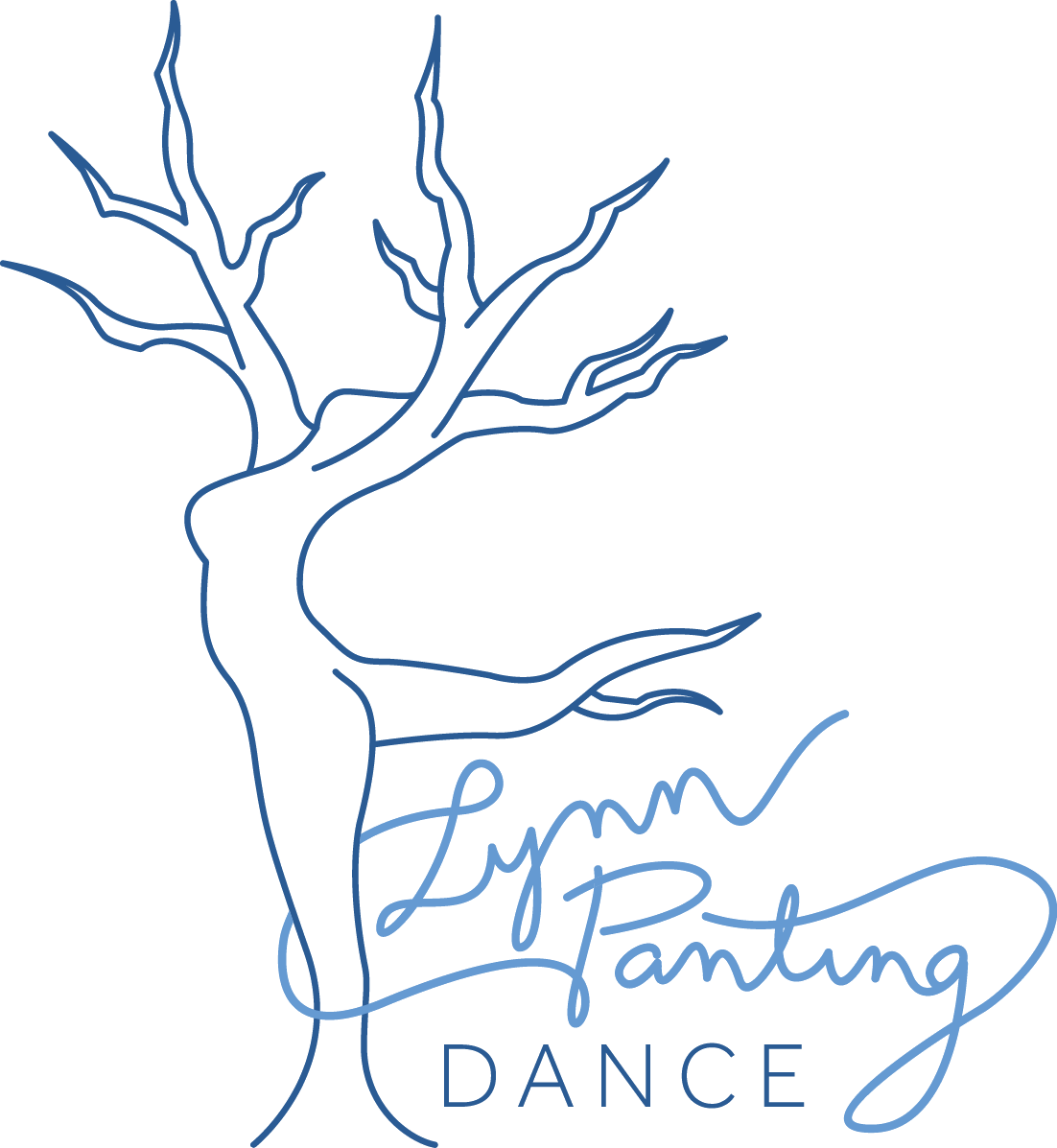How to Take and Apply Corrections: A Step-by-Step Guide for Dancers
Receiving a correction in dance class is an important moment for any dancer. It’s an opportunity to grow, improve your technique, and become more attuned to your body. But how do you take that correction and turn it into progress? Here’s a step-by-step guide to help you make the most of the feedback you receive.
Listen Attentively
The first step in applying a correction is to listen carefully when your teacher gives it. Whether it’s directed at you or the whole class, pay close attention to what is being said. Make sure you understand the correction fully before moving on. If something isn’t clear, don’t be afraid to ask for clarification. It’s better to ask than to misunderstand and continue practicing incorrectly.
Acknowledge and Absorb
Once you’ve heard the correction, take a moment to acknowledge it. You might nod or say “thank you” to show your teacher that you’ve received the feedback. This is also the time to mentally absorb what’s been said. Reflect on how this correction applies to your body and movement.
Visualize the Change
Before you try to make the adjustment physically, take a moment to visualize the change. Imagine yourself performing the movement correctly, incorporating the correction into your technique. Visualization can help you mentally prepare for the adjustment and make it easier to execute.
Find visualization difficult? (me too). Say the cue out loud or imagine how it might feel in your body.
Apply the Correction Slowly
Now it’s time to put the correction into practice. Start slowly, breaking down the movement if needed. Focus on the specific area your teacher addressed. For example, if the correction is about your alignment, think about how each part of your body needs to adjust to achieve the correct posture. Don’t rush—allow yourself the time to feel the difference in your body.
Repetition and Practice
Repetition is key to making a correction stick. Practice the corrected movement multiple times until it begins to feel natural. Your body needs time to build new muscle memory, so be patient with yourself. Each time you practice, focus on the correction and how it improves your overall technique.
Seek Feedback
After applying the correction, seek feedback from your teacher to ensure you’re on the right track. They might offer additional insights or further refinements. This step is crucial because it helps confirm that you’ve correctly understood and applied the correction.
Reflect and Internalize
Take some time after class to reflect on the corrections you received. Think about how they felt in your body and how they improved your movement. By internalizing these changes, you’re more likely to carry them into future classes and performances.
Be Consistent
Consistency is essential in applying corrections over time. Make a conscious effort to integrate the feedback into your regular practice. The more consistently you apply corrections, the more they become a part of your dancing.
Embrace the Process
Embrace the process of receiving and applying corrections. It’s a vital part of your growth as a dancer. Every correction is a step forward, bringing you closer to your goals and helping you refine your craft.

